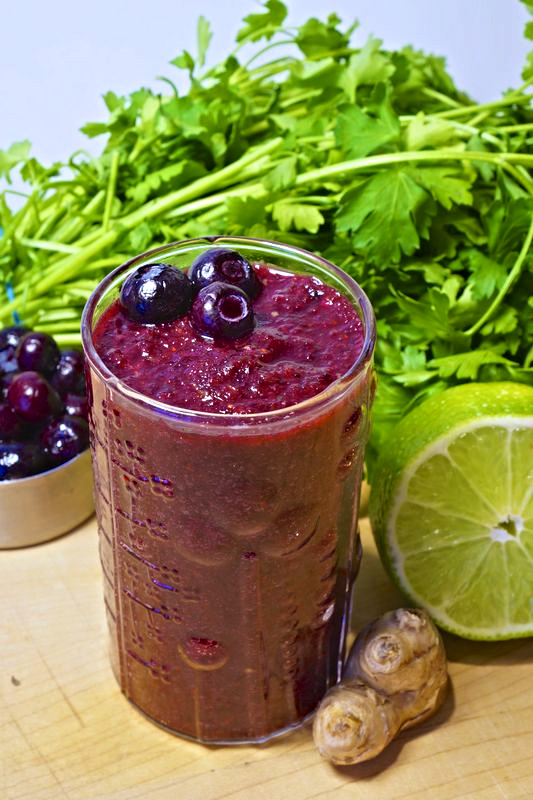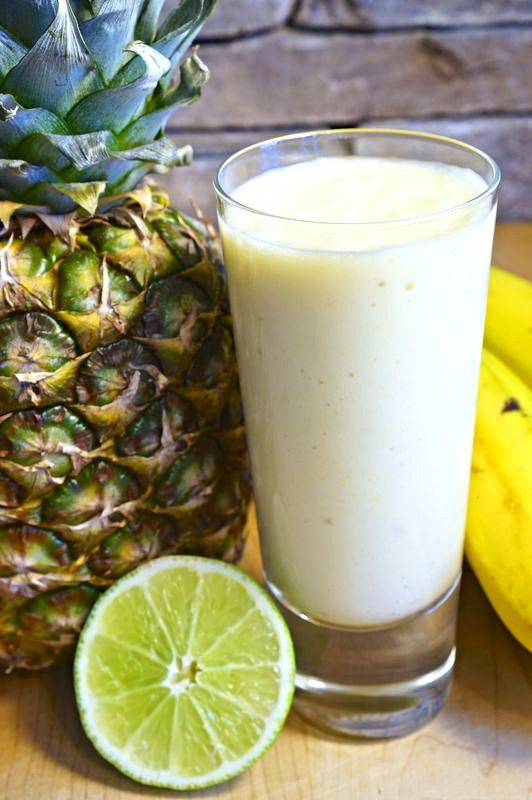
It is smoothie season! That may seem counterintuitive given the freezing temps, but New Year’s resolutions about eating more veggies, losing weight, and pumping up nutrients have lots of people reaching for their blenders. I was recently invited by fellow-blogger, Vyana, to contribute smoothie recipes to her New Year’s Seven Day Chakra Cleanse over on her blog, Wild Roots Bakery. Vyana shared a daily post about each chakra, complete with a corresponding smoothie/juice recipe and yoga video. It felt great to team up with a like-minded blogger and share our enthusiasm for clean eating and healthy living.

And, I have to say the timing was perfect. We just returned from the Big Trip and have been reunited with our belongings. I learned a lot from living out of a duffel for 10 months, but man does it feel good to be back with the rest of our things. My Vitamix blender is definitely one of my prize possessions and was sorely missed while we were away.
So what better way to celebrate my reunion with the Vitamix than to whip up some chakra smoothies! Here are the links to my contributions at Wild Roots to get you inspired to start making some smoothies of your own.
Mango Spice Smoothie (yellow in honor of the third chakra)
Blue Ginger Smoothie (blue in honor of the fifth chakra)
Tropical Winter Smoothie (white in honor of the seventh chakra)

I’m often asked about the nutritional differences between homemade juices and blended smoothies. Both are a terrific way to add extra fruits and vegetables to your daily diet, but they do have different nutritional profiles. Juicing takes produce and extracts the liquid, leaving the pulp behind. In contrast, smoothies use most parts of the fruit or vegetable and include lots of healthy, natural fiber. Both methods capture the vitamins, minerals, and phytonutrients from the produce, but only smoothies provide a serious source of fiber.
The fiber is important for a few reasons. First and foremost, it helps your body process the naturally occurring sugars in the produce. You can think of fiber as the wrapping paper around the particles of fructose — adding an extra layer for your body to digest before it absorbs the sugar. This natural barrier helps your body maintain a stable blood sugar level because it isn’t able to access all the sugar at once. In contrast, a juice without the plant fiber allows the full shot of fructose to enter the blood quickly.
Fiber is also key to the rest of the digestion life-cycle. It helps the body recognize when it’s full, so you are less likely to overeat, and it adds bulk to the stool to keep your digestion regular. The little fibers also act like tiny scrub-brushes as they pass through your intestines – scraping away any waste and keeping your system clean.
Bottom line – fresh juices and smoothies are both wonderful healthy treats that add vitamins, minerals, and antioxidants to the diet, but if you’re planning to make one of these drinks a daily ritual I’d suggest reaching for the smoothie.
Leave a Reply